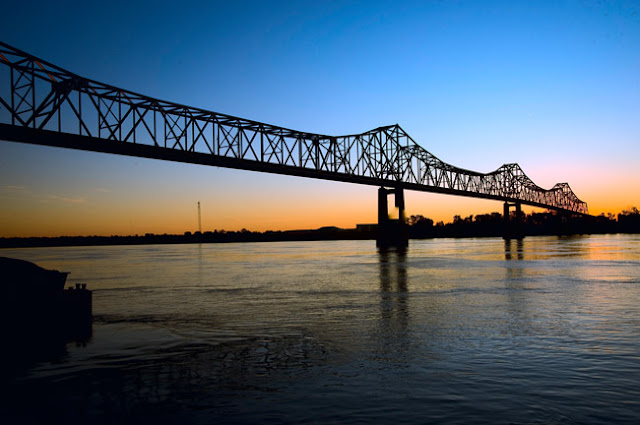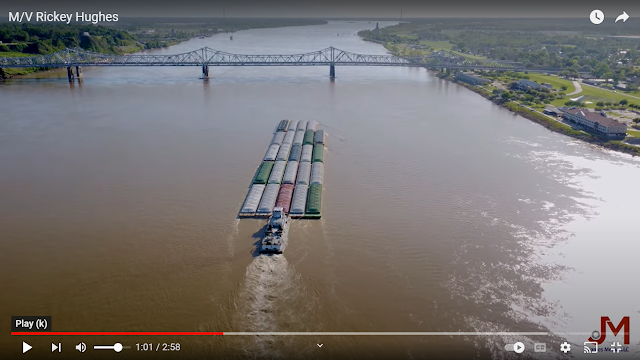 |
| 1979 Photo by Jim Berghoff via Bridge Hunter, Public Domain |
Richard Koenig posted three photos with the comment:
Bloomington Southern, Part OneHere are some images of the former Illinois Central branch line between Bloomington, Indiana, and a limestone quarry and mill at a place called Victor. The line was built around 1912.A branch of a branch line, I only saw a locomotive on this line once, back when I was a teenager. I believe the tracks were pulled up in the late-1980s or so, after the Indiana Rail Road took over IC’s line to Indianapolis (known as the Hi-Dry).Three images by Richard Koenig; taken March 5th 2021.
It appears the quarry is still active.
Admin
Yes, use trucks (and have been for over forty years).
 |
| 1 On the Victor Branch Image by Richard Koenig March 5th 2021 |
 |
| 2 On the Victor Branch Image by Richard Koenig March 5th 2021 |
 |
| 3 On the Victor Branch Image by Richard Koenig March 5th 2021 |
Richard Koenig posted three photos with the comment:
Don Wagoner: We were never allowed to take engines out on it. When we took 2 units they would be over at the south switch to Victor siding.Bloomington Southern, Part TwoContinuing my previous post, here is a wonderful old trestle a bit further south on the Bloomington Southern. Again, this is the Illinois Central branch between Bloomington and Victor, Indiana.According to this source, the bridge was built in 1913 and rebuilt in 1942. It’s been out of service since the late-1980s, but hasn’t fallen down or been burned, which is so often the case with structures like this.Three images by Richard Koenig; taken March 5th 2021.
We would bring emptied down. Shove loads out. Cut the empties off in the siding. Then pull the loads.
Dennis DeBruler: https://bridgehunter.com/in/monroe/bh45702/
 |
| 1 On the branch to Victor Image by Richard Koenig March 5th 2021 |
 |
| 2 On the branch to Victor Image by Richard Koenig March 5th 2021 |
 |
| 3 On the branch to Victor Image by Richard Koenig March 5th 2021 |



































.jpeg)


























































